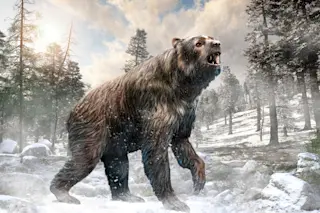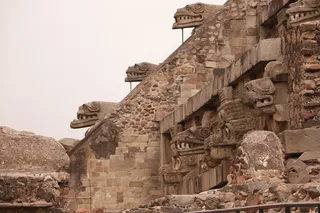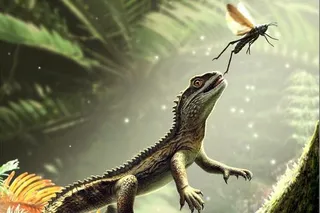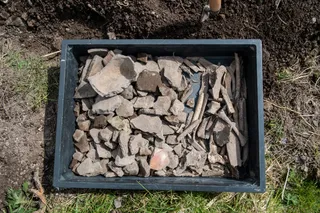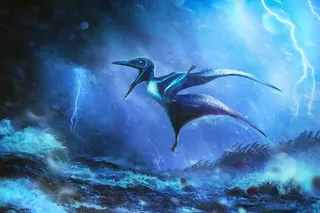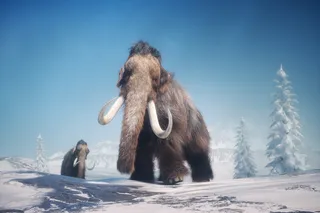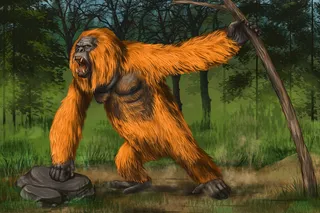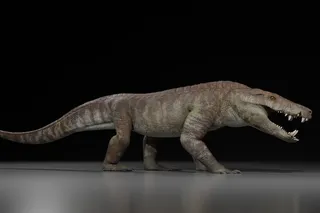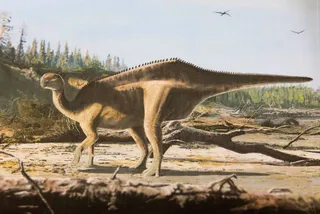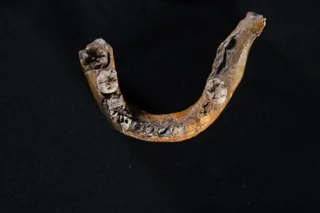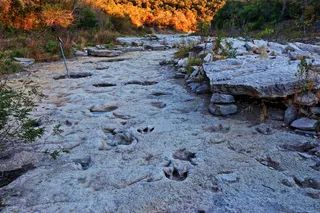Being a giant predator during the Pleistocene — from around 2.6 million years to about 11,000 years ago — was no easy feat. From short-faced bears to Ice Age coyotes, American cheetahs, dire wolves, saber-toothed cats, and American lions, competition was a plenty, and staying alive was a daily battle. But yet, this mega-bear was still the apex predator of its time, thriving across North America for millions of years.
“Just in the last 13,000 years, we’ve lost most of the big mammals on the continent,” says Emily L. Lindsey, assistant curator, and excavation site director at the La Brea Tar Pits in Los Angeles, California. “This is the biggest extinction wave since the dinosaurs.”
(Credit: Emily L. Lindsey) Arctodus skull (left) Grizzly Bear Skull (Right)
Emily L. Lindsey
Standing at 11 feet on its hind legs, the short-faced bear was the most enormous mammalian carnivore ever to live in ...



